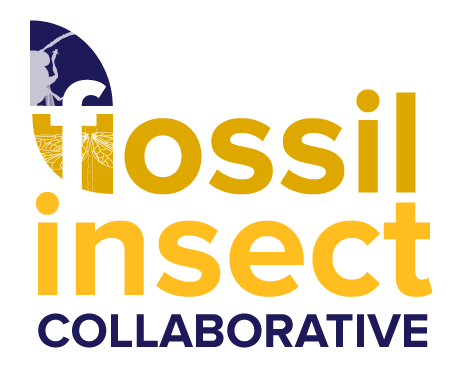Posted by Lindsay Walker, Oct. 31, 2014
If you’ve been following the Fossil Insect Collaborative through social media or as a participant in the digitization project, chances are you’ve seen examples of the specimens being imaged at the University of Colorado Museum of Natural History (UCM). Since January, this has included a constant stream of compression fossils—largely flies, beetles, and wasps, among others. But how, exactly, did this seemingly endless source of fossil insects end up at the Museum? The answer lies in the ambition of one citizen scientist dedicated to the fossil insects of Colorado’s Green River Formation.
-

-
UCM 56079a – Lepidoptera (Moth)
-

-
UCM 56746 – Hemiptera: Flatidae (Planthopper)
-
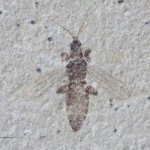
-
UCM 57108a – Thysanoptera (Thrip)
-

-

-
UCM 47270a – Araneae (Spider)
-
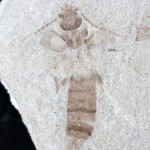
-
UCM 56190 – Dermaptera (Earwig)
From 2004 to 2011, David Kohls of Battlement Mesa, CO single-handedly amassed thousands of fossil insects for the UCM. Specifically, he donated at least 150,000 individual specimens from 18 Green River localities, or 5,500 to 8,200 individual shale samples—trimmed and ready for accession—per field season during his active collecting years. Including previous donations to the Smithsonian Institution, David estimates he has contributed at least 225,000 individual specimens to these museums since he began collecting in 1991. In contrast to many historic collections, the collections he made were not produced by high-grading “prized” specimens, but by collecting every fossil found. As a result, these collections represent systematically acquired samples of fossil insect assemblages, making them suitable for paleoecological and taphonomic studies.
-
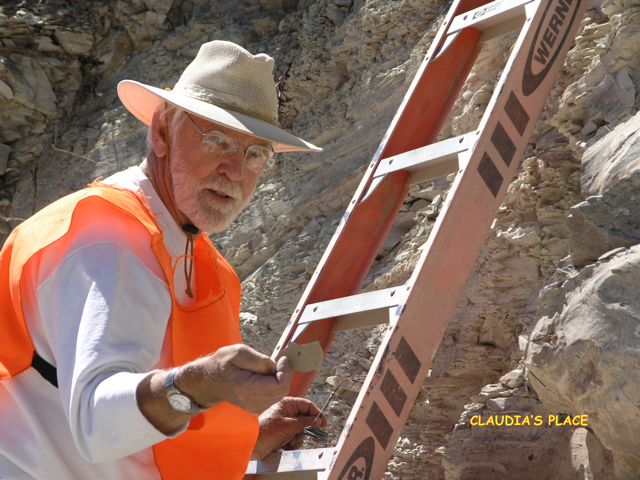
David Kohls at a Green River fossil locality. This fall, UCM Invertebrate Paleontology visited with him and shared news about progress made in imaging the fossils he collected.
To say these collections keep UCM’s Invertebrate Paleontology staff “busy” is an understatement. Students, faculty, and staff interact with Green River specimens on a daily basis through curation, digitization, and research. In turn, these collections have provided valuable career training for graduate and undergraduate students in geology, biology, environmental studies, anthropology, communications, and museum studies. Even a decade after David’s first donation to the Museum, boxes of Green River fossils are still being unpacked and added to the curation and digitization queues. At a time when funding for field programs is limited, contributions such as David’s to developing research-quality collections are truly invaluable. In recognition of his commitment to Green River paleontology and responsible fossil collecting, David received The Paleontological Society’s Harrell L. Strimple Award in 2009.
-
-

-
Lindsay Walker
-
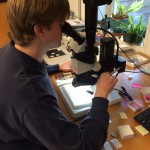
-
Evan Anderson
Students help unpack, identify, curate, digitize, and organize Green River specimens at UCM. As the collections are curated, the specimens are also being incorporated into student research projects.
However, it is only through digitization efforts that professionals and the public alike can easily access these specimens. At the end of October, UCM Invertebrate Paleontology will be 10 months into the arduous task of imaging the Green River fossil insect collections. The hope is that, ultimately, David—in addition to anyone else with a passion for paleoentomology—will be able to digitally visit every fossil he collected through UCM’s online database. For now, examples of Green River fossil insects can be viewed in the new image gallery, with many more coming soon to
invertpaleosearch.colorado.edu.
-
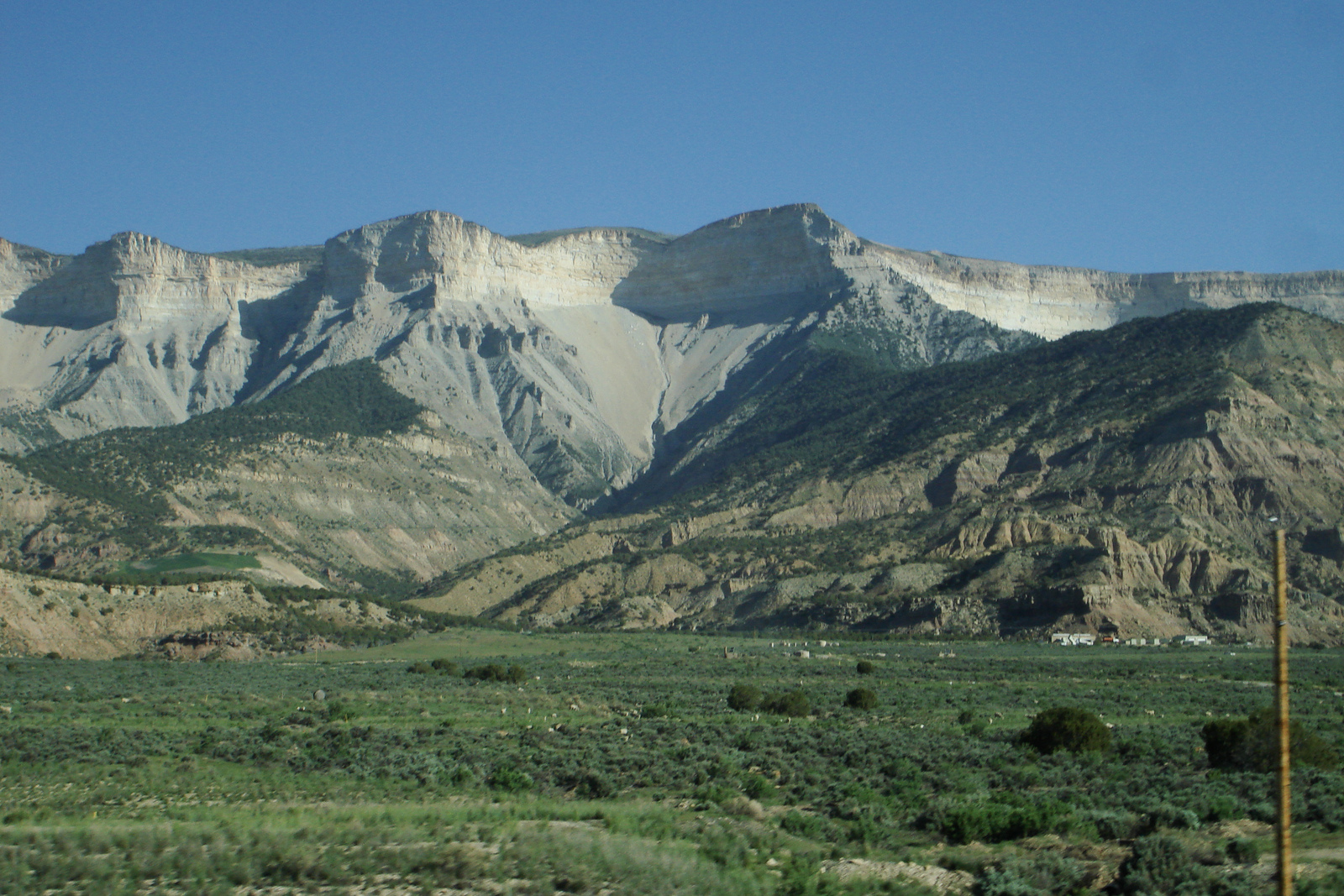
The Green River Formation is visible when driving along I-70 through western Colorado. The formation also occurs in Wyoming and Utah as the rock layers in these cliffs were deposited as part of an extensive lake system ~50 million years ago.
